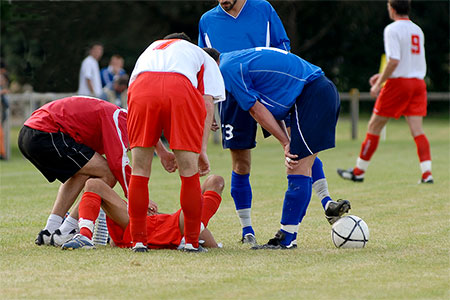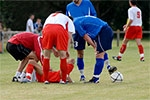
Head injuries often result in a traumatic brain injury. CT remains the imaging modality of choice in the acute setting to triage patients requiring emergent surgical intervention or conservative medical management. Other imaging modalities, such as MR imaging, depict nonsurgical pathology not visible on CT. Magnetic resonance imaging is indicated for patients with neurological symptoms not explained by CT abnormality.
Head injuries are common and can come with a high cost to both the individual and society and are associated with significant long-term morbidity and mortality. There are multiple factors involved in determining which imaging to perform where head trauma is concerned. Neuroradiology is an essential tool in the care of head injuries. CT scans are commonly used to diagnose acute problems, life-threatening, and require emergent treatment such as surgery. The CT scan is fast and widely available. It is highly effective in detecting bleeding around the brain and brain swelling, which may require emergency surgery.
Magnetic resonance imaging ( MRI) is a powerful diagnostic tool that can detect injury signs such as slight bleeding, small areas of bruising or scarring, which are invisible to the CT scan. Long after an injury, MRI and CT may demonstrate brain atrophy, which results when dead or injured brain tissue is reabsorbed following a head injury or traumatic brain injury.
Following a head injury, you should be assessed by a medical professional with expertise in traumatic brain injuries and head trauma assessment. This might be an emergency medicine physician, neurologist, neurological surgeon or other physicians. In particular, a physician should evaluate all patients who experience loss of consciousness as soon as possible after the injury, often in an emergency department. Because all patients with head injuries do not require imaging, the physician will assess the patient and determine whether CT or MRI is necessary.
Our mission at Houston MRI ® & Diagnostic Imaging is to provide the patients and physicians with affordable medical diagnostic imaging in a warm and patient-friendly environment. It is our goal to make the medical imaging procedure as pleasant as possible. Our promise to our communities is "hospital quality imaging without the hospital costs" with efficient service to both our patients and physicians.



